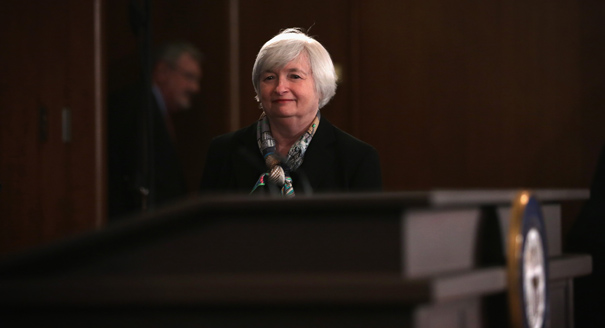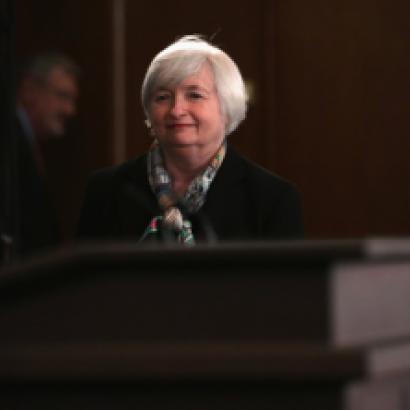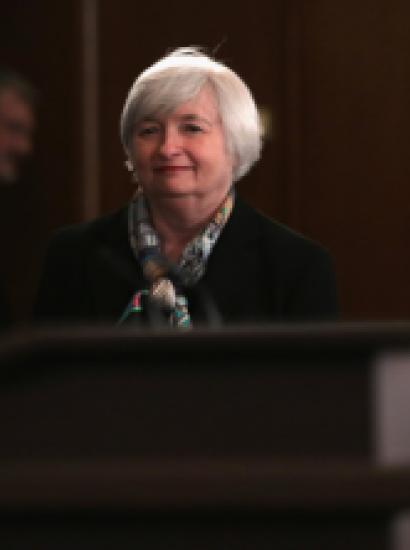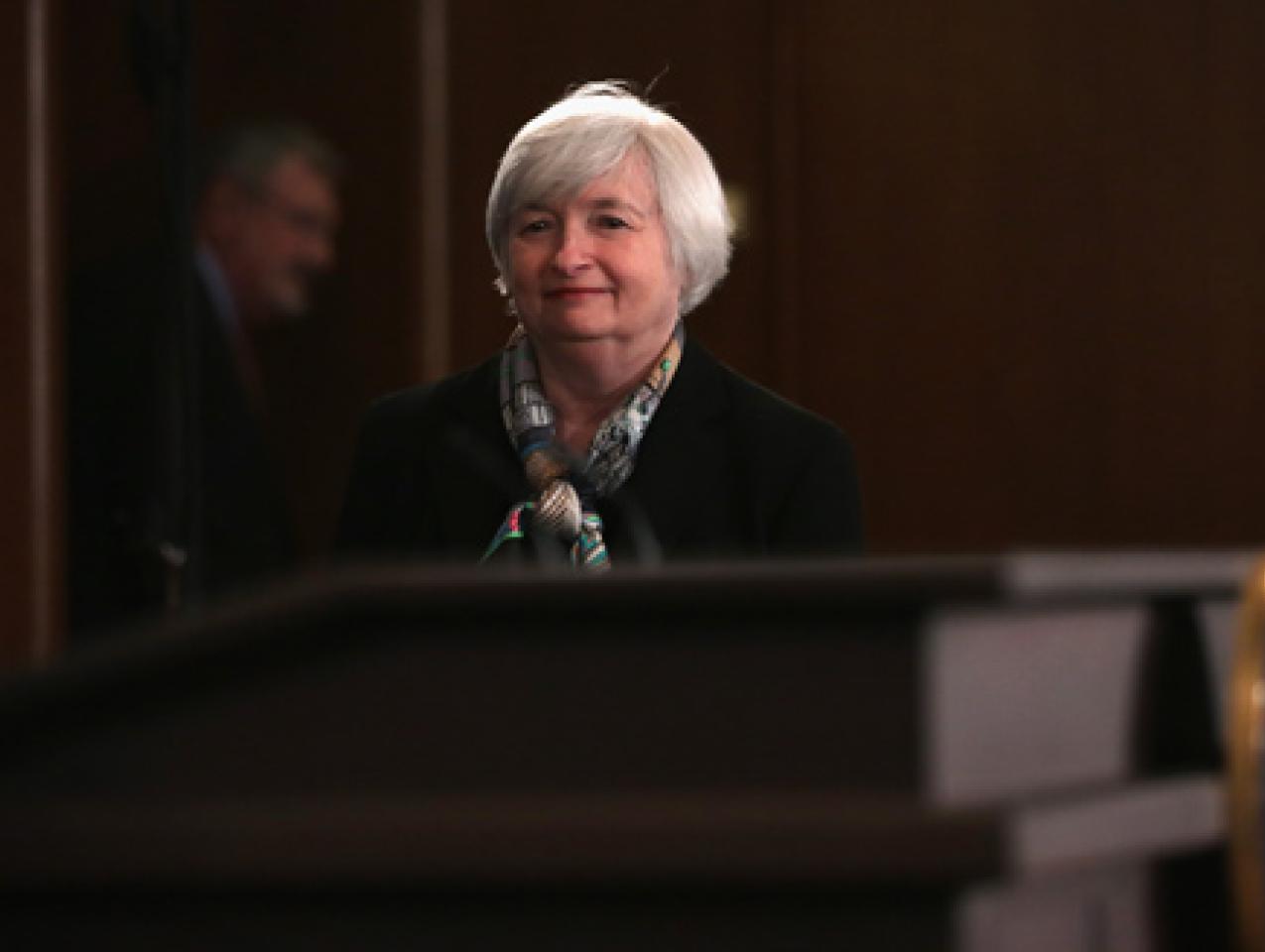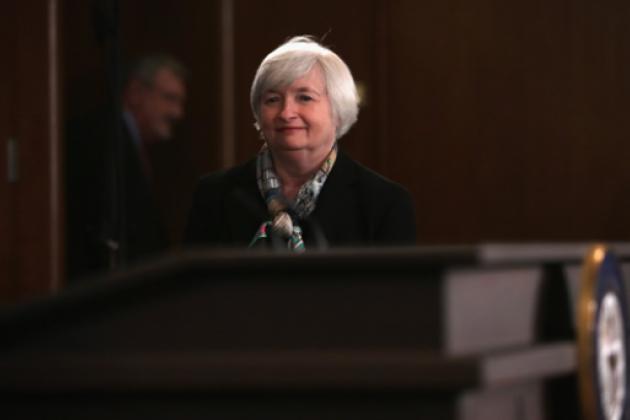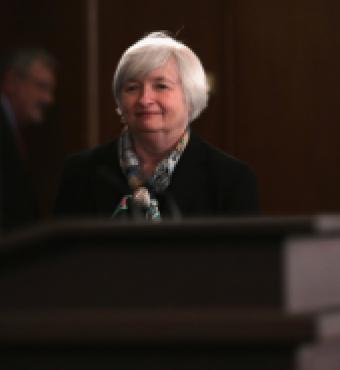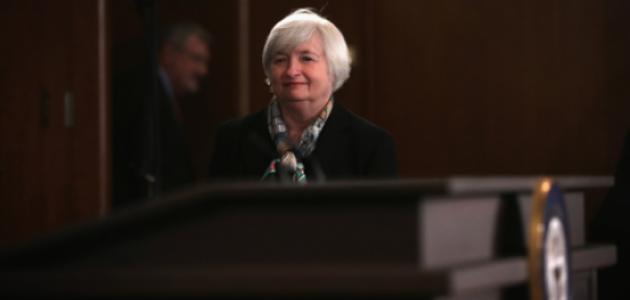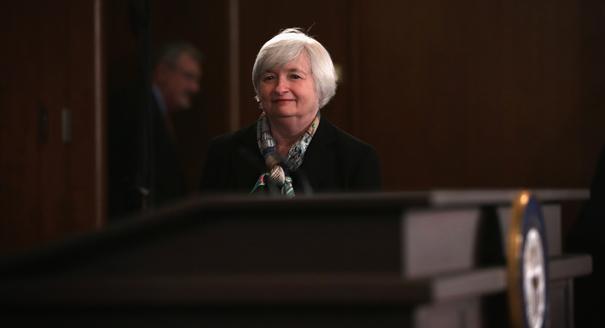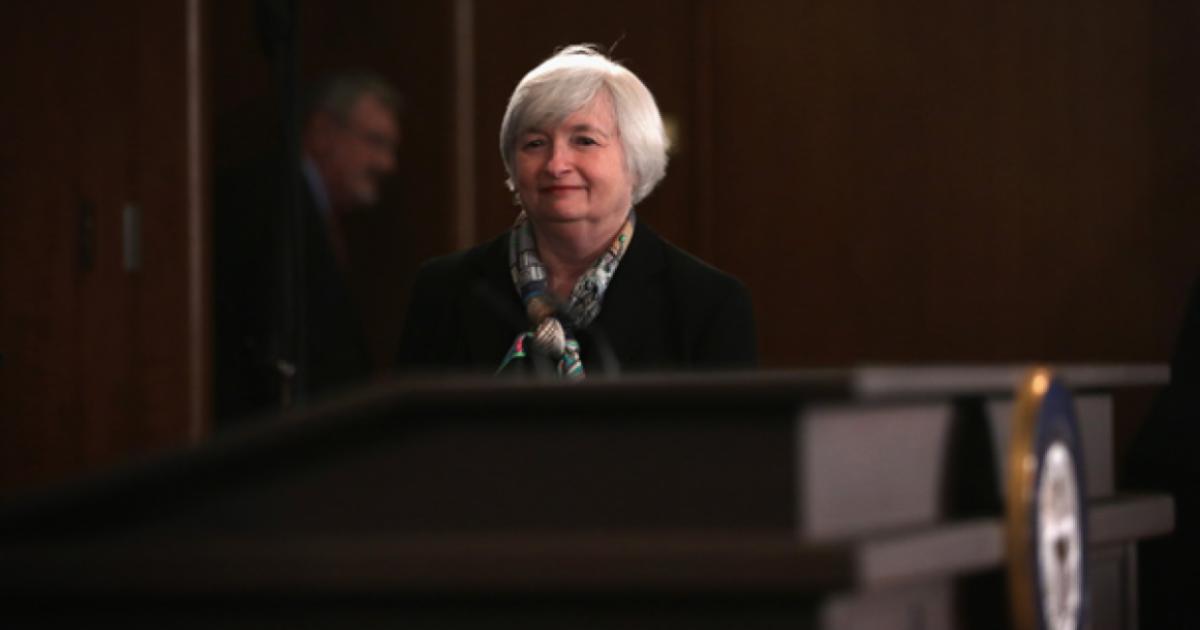Recently, Stanford economist John Taylor and I circulated a statement calling on Congress to require the Federal Reserve to choose and adopt a rule—a clearly stated way to make its decisions—that would permit anyone to predict its future actions. Several Nobel Laureates with longstanding interest in and contributions to economic policy have signed the statement. A number of former Fed policymakers and senior staff signed the statement too. The House of Representatives has adopted the proposal. It could become law. (For a copy of the statement, e-mail definingideas@stanford.edu).
The future is of course obscure and at times subject to unpredictable changes. The proposed law permits the Fed to depart from its policy rule temporarily. And it does not impose a specific rule. The Fed chooses the rule it follows, but unlike the present, monetary policy is more disciplined and predictable.
From 1986 to about 2002, Chairman Greenspan mainly responded to a rule—the Taylor rule of John Taylor—that gave the best results over any sustained time period in the first 100 years of Fed policy. Inflation was low, recessions were brief and mild, and recoveries came promptly. This period is known as the Great Moderation. It shows how rule-based policy improves outcomes.
The Federal Reserve has made many large errors in the past. Two well-known examples involve the Great Depression of the 1930s and the Great inflation of the 1970s. The Fed also contributed to the Great Recession in 2008. Several recent errors are described here.
—The Fed made massive purchases of housing securities to bail out the industry that produced the crisis. Former Chairman Alan Greenspan warned against and ended purchases of government backed mortgages. The Bernanke-Yellen Fed ignored that advice.
—The Fed pays excessive attention to current data announcements and neglects long-term consequences. An example is the focus on monthly reports of employment growth. These numbers are subject to major revision. During the sluggish recovery after 2009, revised data the following month often reversed the direction of change. Markets responded because they expected the Fed to respond. The Fed was aware of the poor quality of the information but continued to rely on it because of the excessive attention it gives to current events.
—The Fed overemphasizes current events and neglects medium-term responses. I first noticed this problem more than 50 years ago when the House Banking Committee requested that I prepare a report in 1964. The Fed is under pressure from market speculators and members of Congress to respond to current announcements. We do not have enough understanding of these short-term changes to use the data fruitfully to improve outcomes.
—The Fed’s neglect, even dismissal, of data on money growth is one of the most costly results of its excessive focus on short-term data. Medium and longer-term data on money growth have correctly forecast inflation repeatedly. The Fed not only overlooks these data, it paid interest on reserves to discourage banks from creating money. The current Fed ignores money growth and treats the response to policy as entirely given by the movement of interest rates. This is a huge error.
—As part of the excessive attention given to monthly and quarterly data, several Fed staffs produce forecasts of quarterly GDP, inflation, and other variables. Their forecasts are no better than the best market forecasts. All are often subject to large errors. It is long past time when people should learn that economics is not the science that gives accurate quarterly forecasts; there is no such science. Economics is a very useful tool for showing the medium- and long-term results of current and recent actions.
—In recent years, the Fed’s forecasts have repeatedly predicted stronger economic recovery than what actually occurred. Repeated errors of this kind should raise doubts about the Fed’s model. Does it estimate the cost to the economy’s growth of the huge increase in regulation, starting with Sarbanes-Oxley, Dodd-Frank, EPA rules and labor market changes? Almost certainly not.
—The Fed deserves praise for acting promptly and forcefully in 2008 to prevent a possible financial crisis. But its continued easy policy after 2009 was wrong, in my view. The Fed should have recognized its error. Almost all the reserves produced after 2009—trillions of dollars worth—continue to sit idly on the balance sheets of domestic and foreign banks. The Fed claims that its policy gave us the increase in consumption that we have seen. But there is no sign of increased borrowing by middle and lower income consumers to finance their buying, so I am skeptical that Fed policy did much to improve outcomes for middle and lower income classes. Technological improvements and oil and natural gas drilling seem a more likely source of increased income and consumer spending. A recent study described by the National Bureau of Economic Research finds no evidence of consumers increasing borrowing to spend.
—The chief beneficiaries of Fed policy gained from the rise in the stock markets. Speculators and short-term traders became vociferous opponents of ending the very big increase in stock prices. What they fail to understand is that unlike the stock market the economy benefits from the rise in stock prices only if the rise in asset prices stimulates new investment. New investment occurs if investors see the lower price of new, current capital as a substitute for purchasing existing assets. This did not happen. Spending for new capital never increased in this recovery. Instead, companies bought existing assets, removing competitors. Fed monetary policy did get some production of new houses through this channel.
—The Fed’s decision to maintain low interest rates permitted the Federal government to finance large budget deficits at the low rates. In all of its prior history, the Fed sacrificed its independence to finance the Federal budget only in wartime. This was a big mistake. It reveals a failure to understand the reasons for maintaining the independence of the Federal Reserve. The policy leaves a great uncertainty about the future. When interest rates rise, holders of government debt will experience large losses. Some of the losses will fall on inexperienced debt owners. These costs are in the future.
—The Fed’s policy of keeping short-term interest rates at historically low values was supposed to encourage borrowing. That failed. In keeping interest rates low, the Fed neglected the other side of the loan market—the lenders. Lenders could not find many profitable opportunities at the low rates that covered the risk on commercial loans. Also, they faced high costs of banking and financial regulation. Many small and medium-sized banks went out of business.
—The Fed has not announced a program for reducing the $2.5 trillion of excess reserves. One response is that by paying interest on reserves, the Fed can control its size. Perhaps. But at what interest rate will it happen? And will that interest rate be the right rate for full employment with low inflation?
Former Chairman Paul Volcker showed how the Fed could achieve good results by following a medium-term strategy and by controlling money growth. The Bernanke-Yellen Fed’s major mistake was the decision to replace that successful policy with an alternative that is of much less benefit to the public.
The errors and poor judgments of the Fed are not inevitable. Monetary policy can make a larger contribution to economic stability and performance. Congress and the public will get better, more consistent Fed actions if the Fed follows a rule. The Senate should join the House by requiring the Fed to adopt a rule. And the Federal Reserve should end its fascination with interest rates and aim at medium-term targets for money and credit. The policy that worked so well for Paul Volcker is far better than the replacement Bernanke and Yellen chose.







